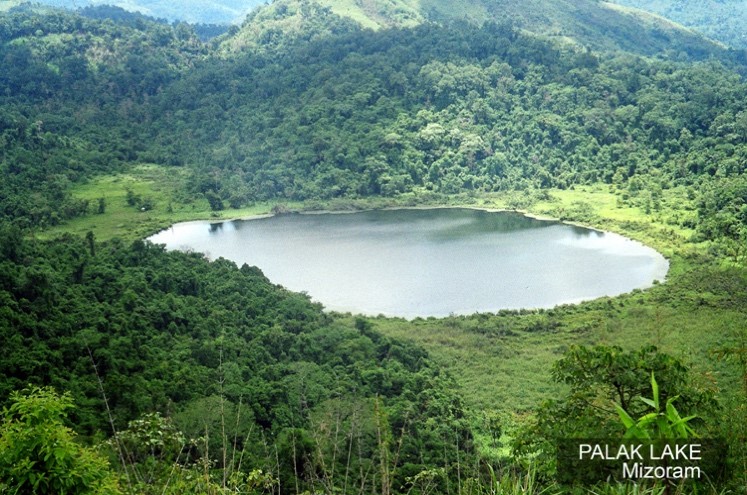Free Courses Sale ends Soon, Get It Now


Free Courses Sale ends Soon, Get It Now



Disclaimer: Copyright infringement not intended.
Context
About the lake
Origin
Wildlife
Conservation
Biodiversity Hotspots
Himalayas
Indo-Burma region
|
PRACTICE QUESTION Q) Which of the following statements with reference to Biodiversity Hotspots in India is/are correct? 1. 6 out of the 36 Biodiversity Hotspots in the world are present in India. 2. The part of India that falls in the Sundaland Hotspot is the Nicobar Islands.
Correct Answer: 2 |

https://www.pib.gov.in/PressReleasePage.aspx?PRID=1923504
© 2024 iasgyan. All right reserved